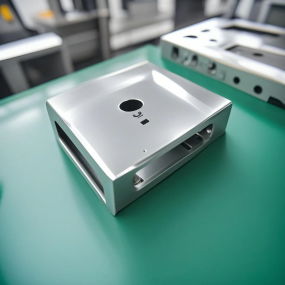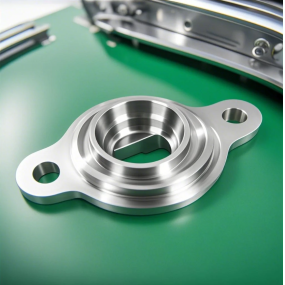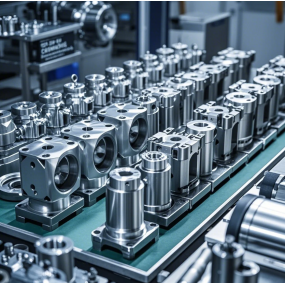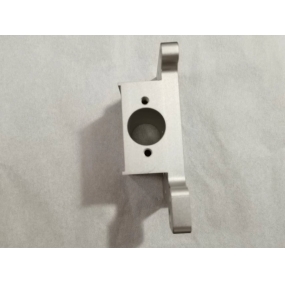Precision stamping parts use high-precision molds to complete the punching process through a single clamping and positioning. The dimensional accuracy and shape position tolerance requirements for workpieces on punch presses are high, so strict precision machining processes such as grinding, heat treatment, surface treatment, and assembly must be carried out on the molds during production. Due to the small production batch size and mostly single piece or small batch production of these parts, the requirements for equipment are not high.
During stamping, materials enter the mold cavity through the gaps between the mold holes or concave molds; Under pressure, the material undergoes separation or plastic deformation to obtain the desired shape and structure; Then release the pressure and control its forming process to obtain the desired product. Therefore, stamping process is one of the typical cold working process methods In the actual production process, in order to ensure product quality and production efficiency, as well as reduce waste and save energy, it is usually necessary to take some necessary measures:
1. Use tools correctly.
2. Reasonably select raw materials.
3. Develop reasonable process specifications.
4. Strengthen the skill training of operators.
5. Improve the automation level of equipment.
6. Improve working conditions.
Manufacturing characteristics of stamped parts:
(1) The utilization rate of materials is relatively high.
(2) Thin sheet metal can be used to produce complex components.
(3) It can be made into various structures with reinforcing ribs.
(4) Can form thin-walled hollow structures.
(5) Can be made into large-area boards.
(6) Easy to mechanize.
(7) Facilitating mechanization and automation.
(8) Easy to achieve specialization.


 Spanish
Spanish Arabic
Arabic French
French Portuguese
Portuguese Belarusian
Belarusian Japanese
Japanese Russian
Russian Malay
Malay Icelandic
Icelandic Bulgarian
Bulgarian Azerbaijani
Azerbaijani Estonian
Estonian Irish
Irish Polish
Polish Persian
Persian Boolean
Boolean Danish
Danish German
German Filipino
Filipino Finnish
Finnish Korean
Korean Dutch
Dutch Galician
Galician Catalan
Catalan Czech
Czech Croatian
Croatian Latin
Latin Latvian
Latvian Romanian
Romanian Maltese
Maltese Macedonian
Macedonian Norwegian
Norwegian Swedish
Swedish Serbian
Serbian Slovak
Slovak Slovenian
Slovenian Swahili
Swahili Thai
Thai Turkish
Turkish Welsh
Welsh Urdu
Urdu Ukrainian
Ukrainian Greek
Greek Hungarian
Hungarian Italian
Italian Yiddish
Yiddish Indonesian
Indonesian Vietnamese
Vietnamese Haitian Creole
Haitian Creole Spanish Basque
Spanish Basque










